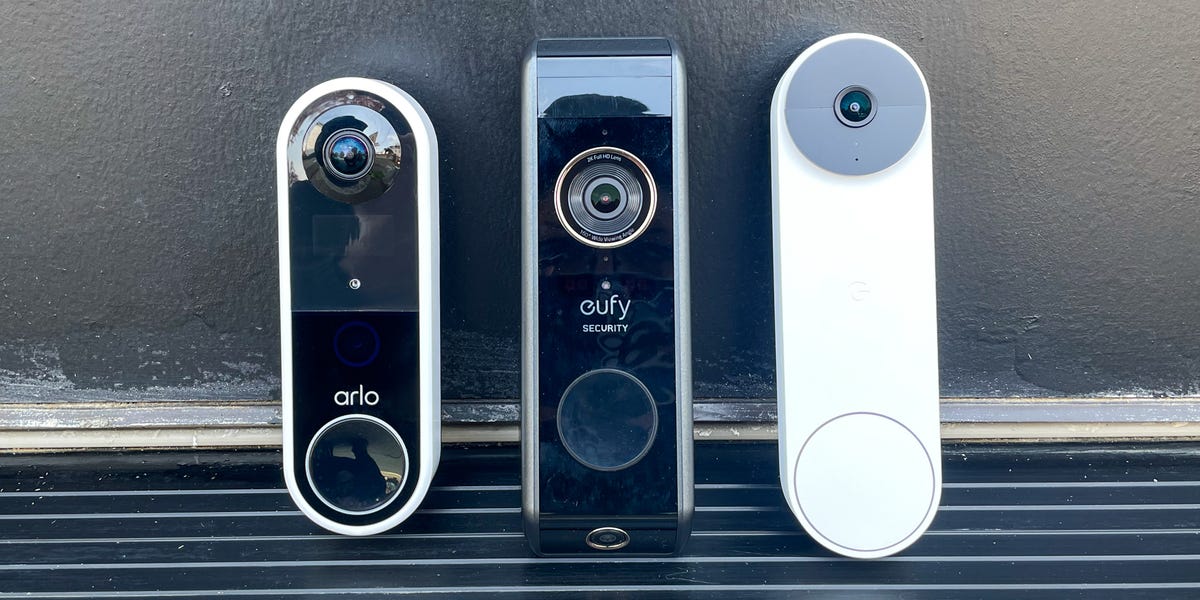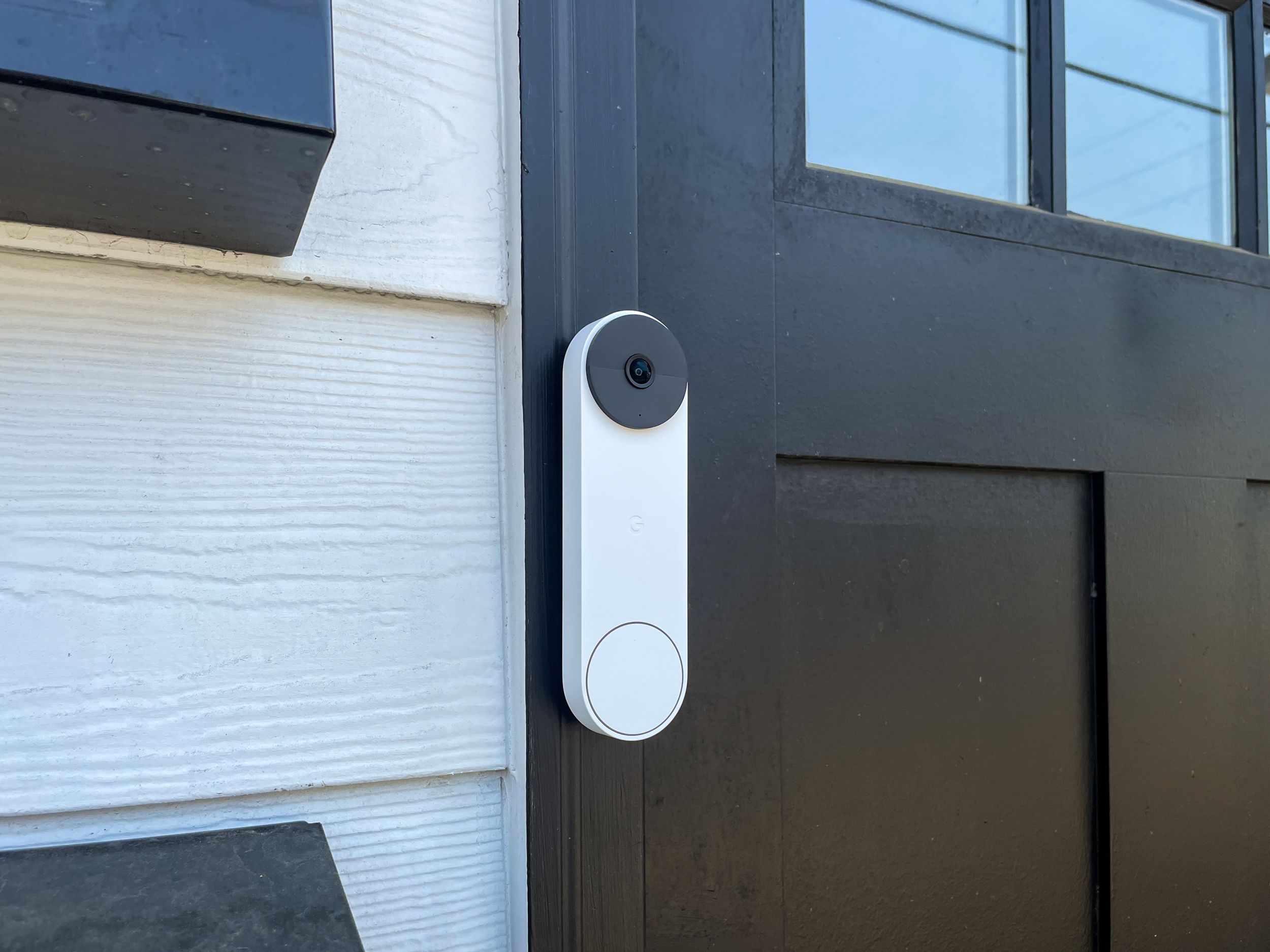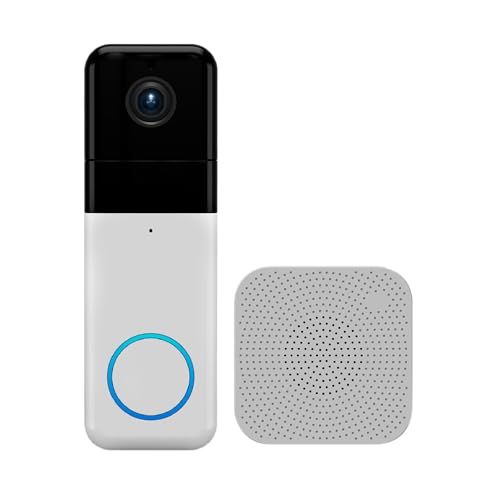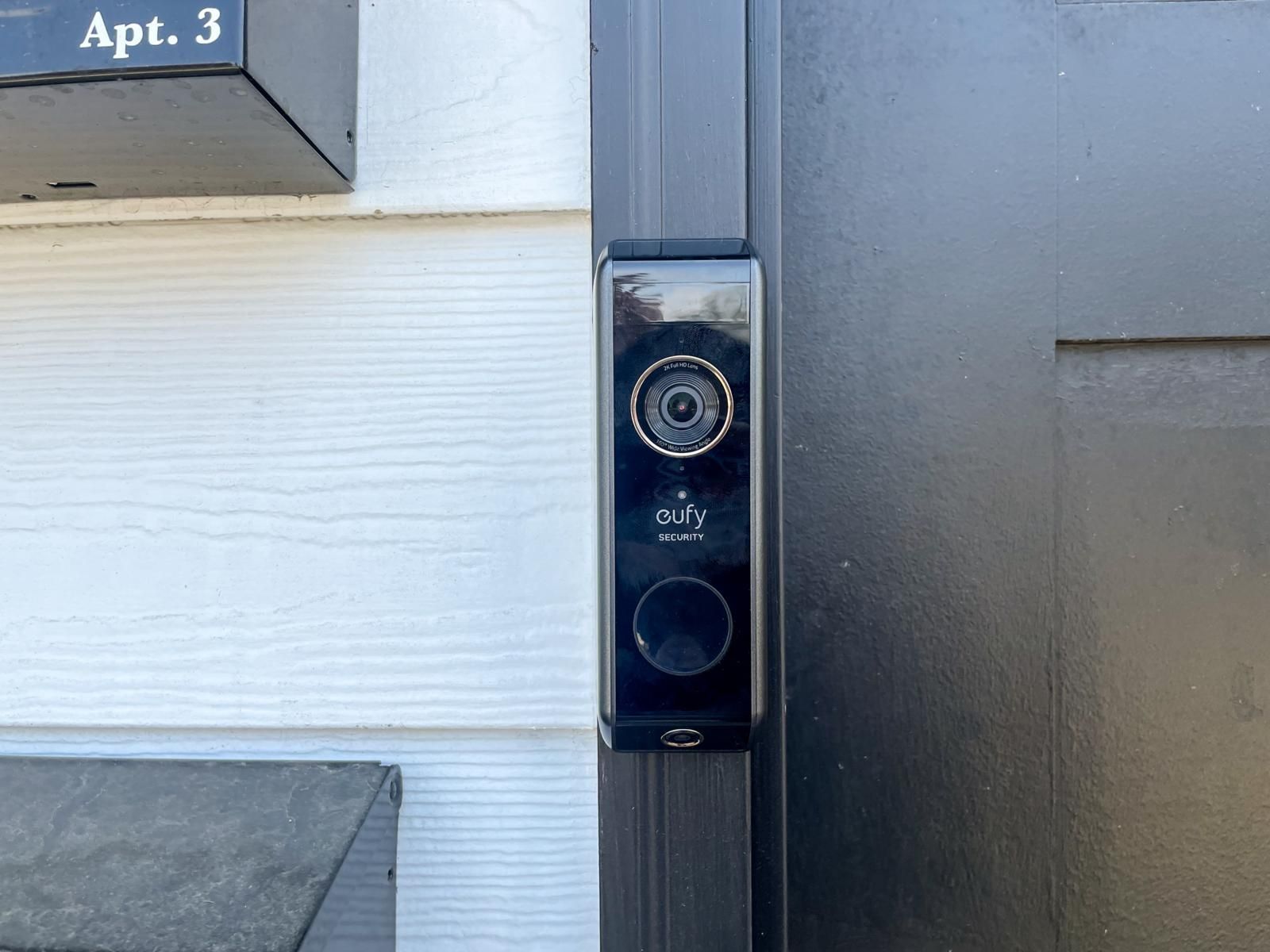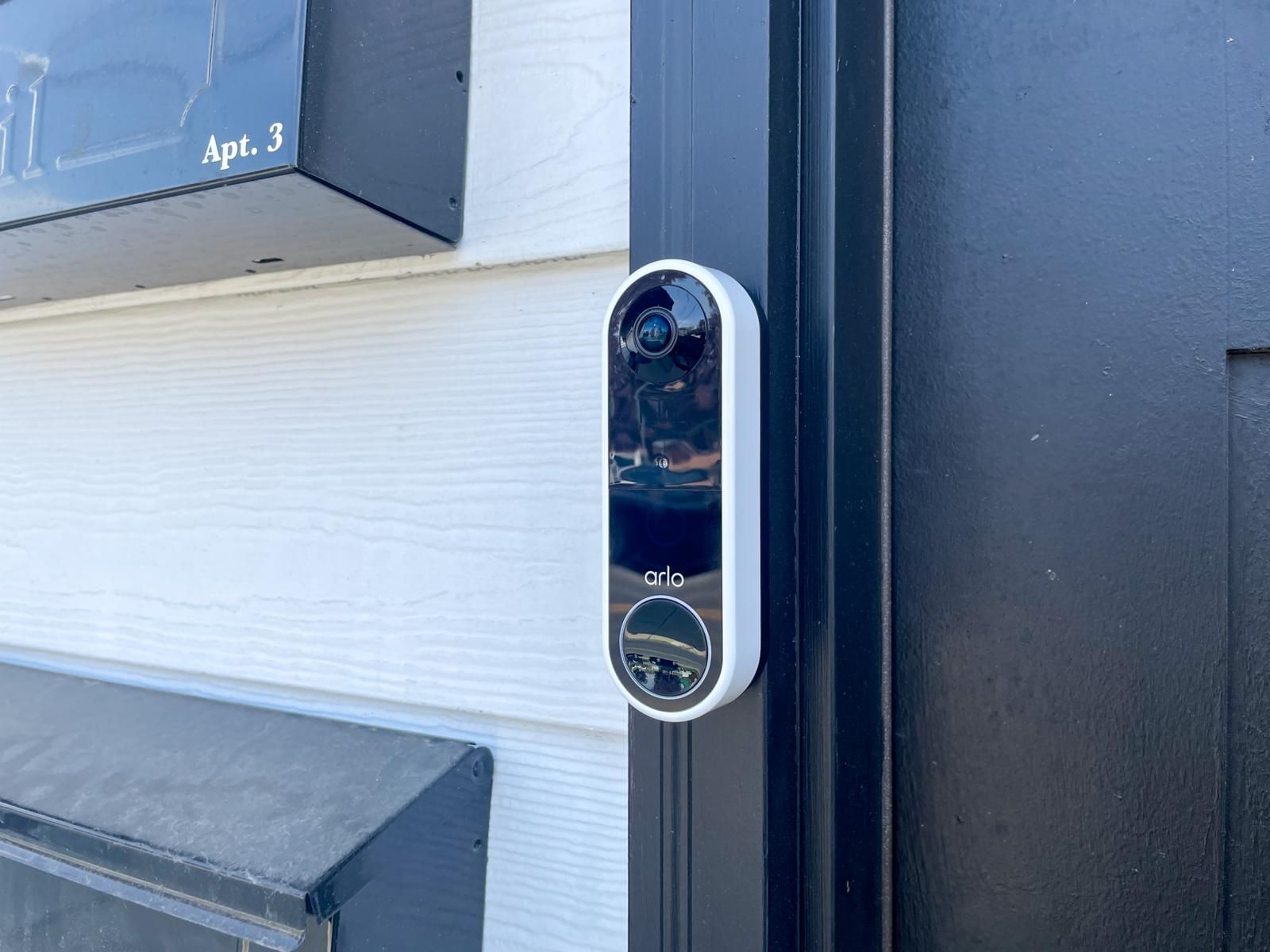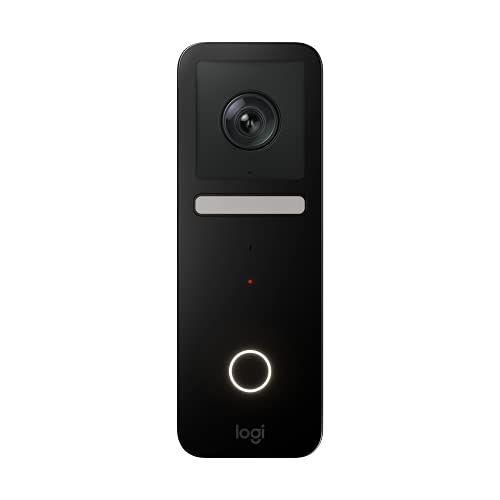Editor’s Note:We are currently reviewing our existing options and have brought in new models for evaluation from well-known home security brands such as Ring, Eufy, TP-Link, and Tapo. We continue to support the units featured in this guide, which were selected based on our thorough research and past testing. We will update this article in the weeks ahead to highlight our preferred video doorbell cameras.
With simple installation and the assurance they provide, doorbell cameras are a beneficial and deserving addition tomodern home securityThey keep an eye on access points using live video and motion sensing, and send instant notifications to you.smartphone or tablet. Whether you’re at home or away, they provide protection from vandalism, theft, and unexpected guests, and usually work smoothly with your current smart home system.
Many doorbell cameras include two-way audio capabilities, allowing you to speak with someone on the other side of the door. This feature is useful for giving directions to a delivery driver or preventing an unwanted visitor.
Here are our top suggestions for the best doorbell cameras we have evaluated and tested from well-known manufacturers such as Arlo, Ring, and Google, accompanied by advice to assist you in selecting the ideal doorbell camera for your residence.
The Best Doorbell Cameras
- Best Overall: Google Nest Doorbell
- Best Budget: Wyze Wireless Video Doorbell Pro
- Most Comprehensive: Ring Pro 2 Video Doorbell
- Best with Universal Compatibility: Eufy Dual+ Security Video Doorbell
- Easiest to Use: Arlo Video Doorbell Camera and Chime 2 Set
What to Consider
Compatibility
Prior to buying a doorbell camera, assess your current security setup. It’s likely you already own a smart home hub or security camera within your residence.
We suggest using the same brand as much as possible to guarantee compatibility and smooth integration between devices. Certain doorbell cameras are built to work with products from other companies. However, it’s usually easier to manage and create automations across devices through a single platform such as the Eufy Security or Ring apps.
If you’re just starting with smart home security and already own an Amazon Alexa smart home hub, you might consider choosing a Ring video doorbell for seamless integration with your current setup. Along with automatically connecting a live view of your door to your phone and Echo Show smart display, it also appears on a Fire TV when the doorbell is activated. For Google users, the Nest doorbell camera and related devices are available. Many third-party options work with either Google Assistant or Amazon Alexa.
Remember that other products—such as indoor and outdoor cameras and motion detectors—are probably only compatible with doorbell cameras from the same manufacturer. If you intend to enhance your security setup later, consider a system that provides all the additional components for managing elements like sprinklers andsmart locks.
Installation
Doorbell cameras have become simpler to set up, thanks to a recent trend toward battery-powered options. This allows for easy installation with just one screw or adhesive tape, along with connecting the device to your current doorbell’s wiring. We recommend the second approach, as it provides constant power and more reliable operation.
If you’re linking a new doorbell camera to an existing power source, verify the current AC voltage. These cameras typically function with voltages ranging from 16 to 25 volts. However, certain models can operate with as low as eight volts. While wired doorbell cameras need an electrical connection, some include battery backups to ensure operation during power failures.
Video Clarity
High-definition (HD) quality is typically advised for improved video clarity. Choose cameras that offer a minimum of 1080p resolution, allowing you to identify finer details such as tattoos or license plates during an emergency. Factors like brightness, field of view, and night vision are crucial, as they contribute to the overall image quality.
Notification Alert Time
Time is a critical factor in emergencies, where every second counts and you need a system that provides quick reassurance. Regarding phone notification speed, a response time of zero to two seconds is considered fast, three to four seconds is average, and anything beyond five seconds is excessively slow. Ideally, a one to two second delay is best, as it ensures you are alerted promptly without being overwhelmed, allowing you time to react based on the video feed.
If you reside on a busy street with ongoing foot traffic or other harmless activity and you wish to avoid receiving too many alerts, a longer notification period could be more appropriate.
We have observed the duration required for each camera doorbell to transition into a live camera feed following an event activation.
Person and Area Motion Detection Precision
Check for video doorbells with adjustable sensitivity options, enabling you to adjust motion detection and reduce unnecessary alerts. Personalizable zones let you concentrate on specific areas, such as your front porch or driveway, rather than regions like the sidewalk or road, to enhance precision.
Advanced detection capabilities, such as identifying individuals or recognizing faces, help distinguish between people and objects, ensuring you don’t overlook anything. In general, choose doorbells that provide customizable settings to match your unique home requirements.
Key Features (With or Without a Subscription)
Carefully examine the features and subscription plans provided by each of these companies. Since most video doorbells save recordings through the cloud, there is usually a monthly fee required to view all your video history.
Even though some options start at as little as $3 per month, certain plans can become more expensive when they include premium features such as enhanced motion detection and expert surveillance.
How We Tested
We gathered our selection of video doorbells for testing by researching and comparing top-selling models on online retailers, using customer reviews to confirm their popularity and reliability. This process helped us assemble a diverse group of options that varied in terms of compatibility, features, and performance. For the models we tested firsthand, we installed each one and used it for a week. This period enabled us to assess image quality and response times under different lighting conditions, including night, day, and cloudy weather.
For cameras we have not yet had the chance to test, we evaluated each model’s performance and focused on those with high resolution to ensure sharp and detailed visibility of the front entrance. We considered the angle of view, accuracy of motion detection, and available subscription plans when making our choices.
Full Reviews
In contrast to its competitors, Google’s Nest Video Doorbell offers a wide range of features such as package detection, cloud storage, and alert notifications for identified individuals, all without requiring a subscription. You can manage the doorbell completely via the Google Home app, and it works smoothly within this system.
The limited field of view might discourage those looking for a view that stretches across both sides of their door. Nevertheless, the camera’s broad vertical coverage makes up for this. ShortandTall individuals, along with any items placed by the door, are promptly displayed on your phone or Nest Hub.
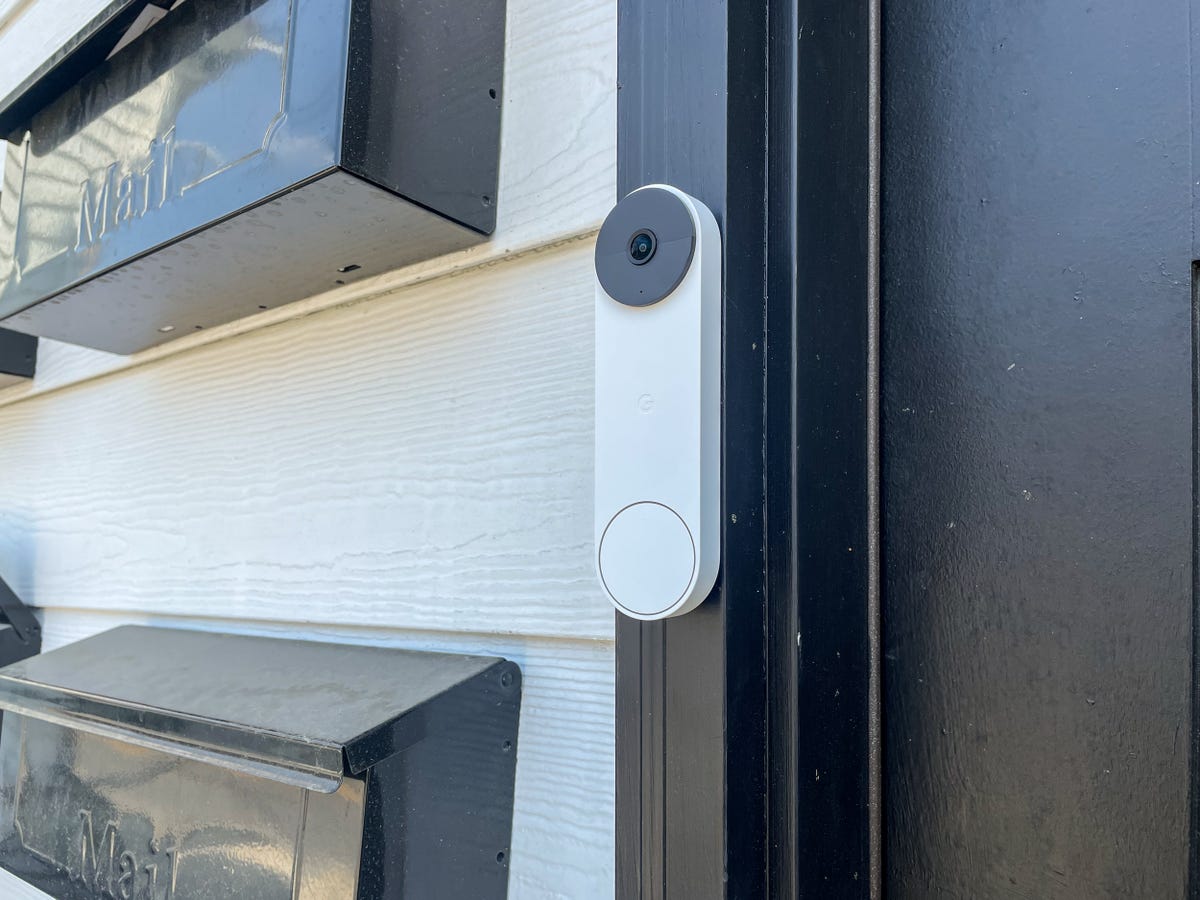
The Nest Doorbell is also simple to install. To begin, we connected it using a USB-C cable, scanned the QR code through the Google Home app, and then typed in the Wi-Fi password. The doorbell guided us to attach the mounting plate with the two provided screws and push it down to secure it. Within the Google Home app, you can tap to view live footage, review recorded activities, and modify settings like video resolution and motion detection sensitivity.
The test phone received an alert within 2.3 seconds after the doorbell detected someone. The notifications do not include a screenshot, which is a feature provided by other alternatives and can help determine if an alert is worth investigating.
On the other hand, this doorbell camera recorded a very low number of false alerts—tossing a ball in front of the camera did not cause an alert (we were glad it didn’t). This precision helps conserve power, extending the battery life.
Regrettably, the Nest Doorbell could havetoo muchcaution, waiting to register until someone is almost at the door instead of capturing them as they approach. You can see a preview of each event and enter the feed within four seconds, but the Ring Pro 2 (see below) surpasses this, loading into video almost instantly.
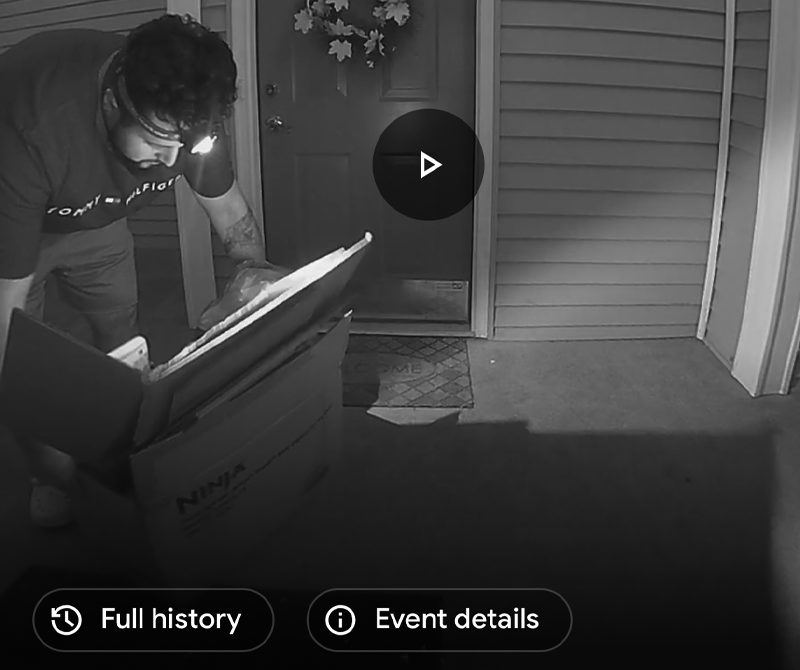
The image stays sharp in low light thanks to night-vision infrared illumination. Even under less-than-perfect lighting conditions, the camera produces a clear enough picture to distinguish details such as text on a shirt, a forearm tattoo, and labels on packages, as shown in the nighttime image above. It is also capable of recognizing faces, utilizing advanced facial recognition technology that uses photos to identify and notify visitors on devices like the second-generation.Nest Hub.
This enhanced version of Wyze’s budget-friendly doorbell is impressively capable for a product priced around $100. It features a clearer 2K resolution, a broad 150-degree viewing angle, and quick alert responses in a slim, compact form. Beyond its performance, the Wyze app is user-friendly, allowing for easy automation and integration into your overall home system. You can view and manage the status of your Wyze camera and lock through all your devices, including a Nest Hub orEcho Show.
Similar to the Google doorbell mentioned earlier, the Wyze Pro can be powered by either a battery or a direct wired connection. Simply secure the base to your door and attach the doorbell within it. The highly visible LED lighting activates when motion is detected, helping to light up the area and serving as a clear signal to those near your entrance. With its high-resolution capability, you should be able to see clear details such as textures, although the absence of HDR may result in colors appearing somewhat muted.
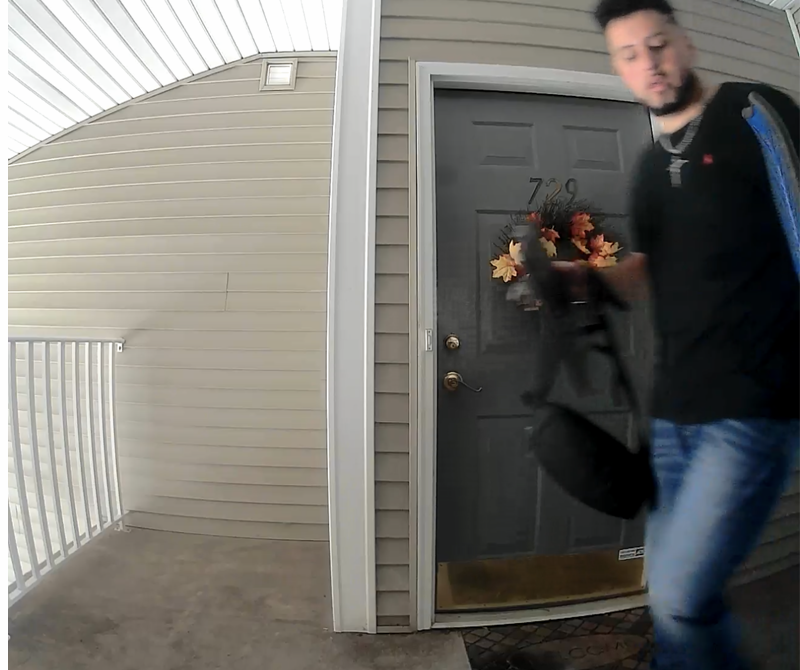
Notifications arrive in just under four seconds, which is quick, particularly for a budget device. The built-in chime is a helpful addition, providing both phone and smart home notifications along with an audible alert. Wyze restricts its most advanced features to its subscription plan, which costs $3 per month. This includes smart alerts that recognize activity (such as people, pets, or packages), expanded clip storage, and reduced cooldown intervals.
However, if you experience regular power interruptions, Wyze devices may sometimes struggle to automatically reestablish their Wi-Fi connection. Although this isn’t a significant issue if you’re present to restart them quickly, you might miss any activity at your door if you’re away or traveling during an outage.
The Ring Pro 2 operates at the extremes. It’s a powerful video doorbell featuring a clear 1,536p resolution, vibrant HDR colors, and sophisticated functions such as mapping a person’s movement path across a top-down view of your property. However, it is nearly overly costly, restricted to the Alexa system, and available only with a wired setup. Despite this, it remains one of the top video doorbells we have evaluated.
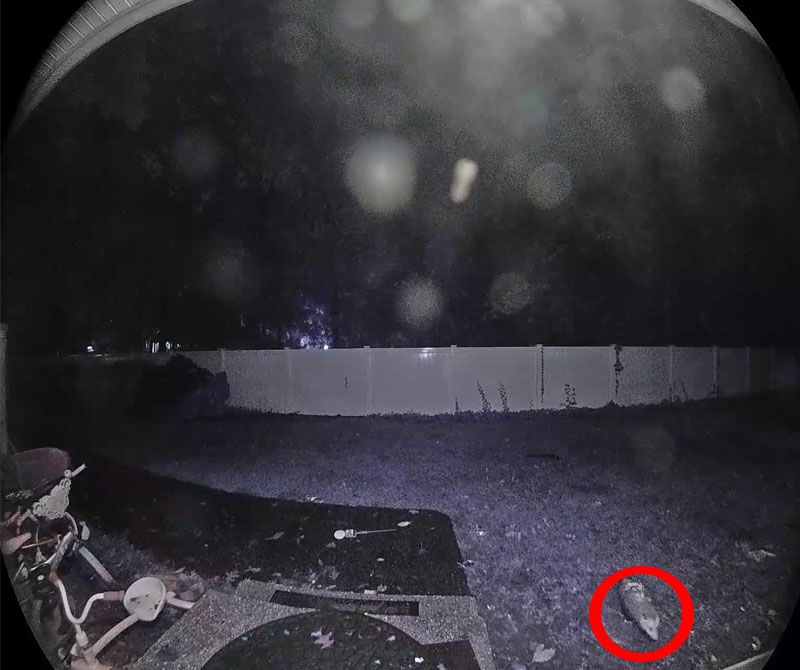
From the start, the picture is slightly wider and more distinct compared to the Google Nest. Although Amazon highlights its 3D motion-detection capability, which effectively reduces false notifications caused by moving branches and lighting changes, it still could not prevent alerts from deer or raccoons during the early morning.
Regarding human detection, the camera promptly sent notifications within three seconds of an arm entering its broad viewing area. This level of sensitivity means you’ll be alerted if someone even considers approaching your door. Even when the arm was quickly withdrawn, the Ring Pro 2 successfully captured it and sent a screenshot to our test phone along with an alert. Whether our tester took a plastic envelope or a large box, the Ring detected everything without requiring a cooldown period.
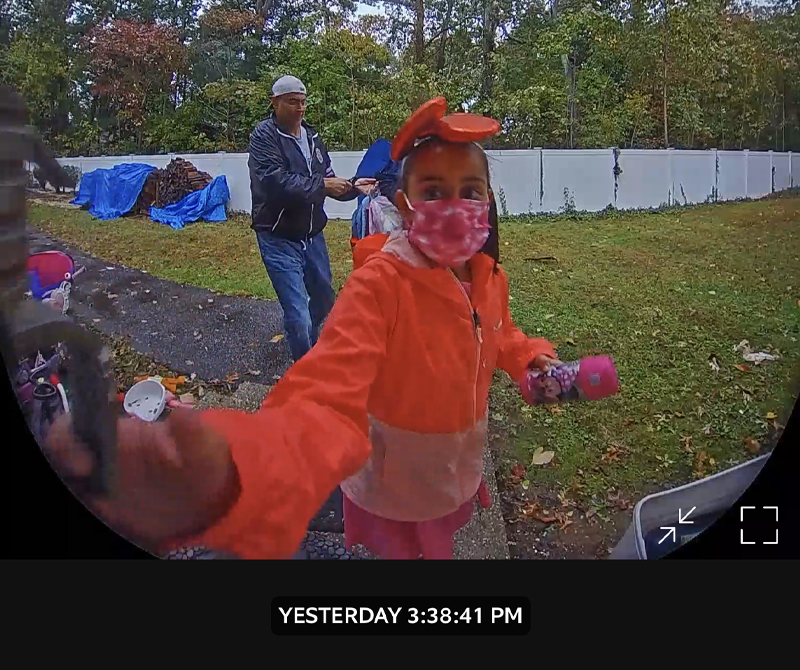
Captures are nearly instantly processed (in contrast to the short processing time of rivals), even with the increased resolution and improved color. This allows you to immediately access clips from notifications without any hassle.
One of the standout features of the Ring Pro 2 is its automatic time-lapse function, which quietly records times when there’s no activity, allowing you to view what happened during the night or a specific timeframe. If you own an Echo Show device, you can receive a live feed from your doorbell directly on the smart display, and you can also interact with visitors by tapping a button. The Pro 2 is the priciest choice in this lineup and needs to be hardwired. However, if you’re looking for the newest features, best color options, and the quickest clip processing, it’s a worthwhile investment.
Similar to our other video doorbell selections, the Eufy Dual features two-way communication, a user-friendly doorbell button, and effective night vision. However, unlike many of the other choices, it provides outstanding image quality, can be used with or without a power cable, and is compatible with either an Alexa or Google smart home system. Your video recordings are stored both on-site and in the cloud, all without requiring a subscription.
Frequently, video doorbells only provide a straightforward view of the person at the door. However, the Dual includes a “Porch View” camera, as named by Eufy, which helps reduce blind spots. We discovered this to be a useful feature for an entranceway that lacks a large porch or front step.
Two small LEDs are located on each side of the second camera and illuminate when motion is detected. After the camera connects to the network, it produces a broad color spectrum and sharp, high-resolution images. Even when zooming in on the video, the details remain clear with minimal loss of quality.
The device is quite large and features a notably big camera, making it less subtle and possibly a bit intimidating for visitors. It is more than six inches long and just over two inches in width, which probably contributes to its long-lasting battery. It takes approximately six hours to fully charge, and even after several weeks of use, it hasn’t needed another charge.
Another factor to consider is that the doorbell needs to be linked with the Homebase security system (which is included), as it connects directly to your router. We were required to scan the QR code found on the Homebase, the doorbell, and the Eufy app in order to activate the camera. Although this might add some complexity to the installation process, the Homebase keeps all the footage from the doorbell and also notifies you when the doorbell is activated, which is helpful during times when you aren’t near your phone.

In general, the Eufy is an excellent premium choice that integrates well with Alexa and Google systems and is compatible with your preferred smart hub. As a versatile device, it doesn’t include all the advanced features found in original equipment, such as face detection. Additionally, the alerts are delayed, taking approximately seven seconds to respond. However, for individuals seeking the clearest doorbell camera, this is the top option available.
We have not tested this model yet, but the second generation of theArlo’s Must-Have Wireless Video Doorbellprovides nearly identical features to the one we have tested and suggested before. It is another trustworthy option for your front door, particularly if you frequently receive deliveries. The 180-degree viewing angle offers a broader field of vision compared to rivals, making it more likely that you will spot any packages being delivered. As this is either a wired or wireless model, it includes a removable battery, so you don’t need to fully take down the doorbell to charge it (although you do need to remove the entire unit to access it).
Alerts about movement arrived within seconds, and the recorded video was of good quality. Although the image quality is dependable, colors and details may appear somewhat unclear in low light. Installation was relatively straightforward and hassle-free. The app offers clear instructions, and you can connect the doorbell using a QR code within the Arlo app. The app also includes guidance and directions for mounting the doorbell.
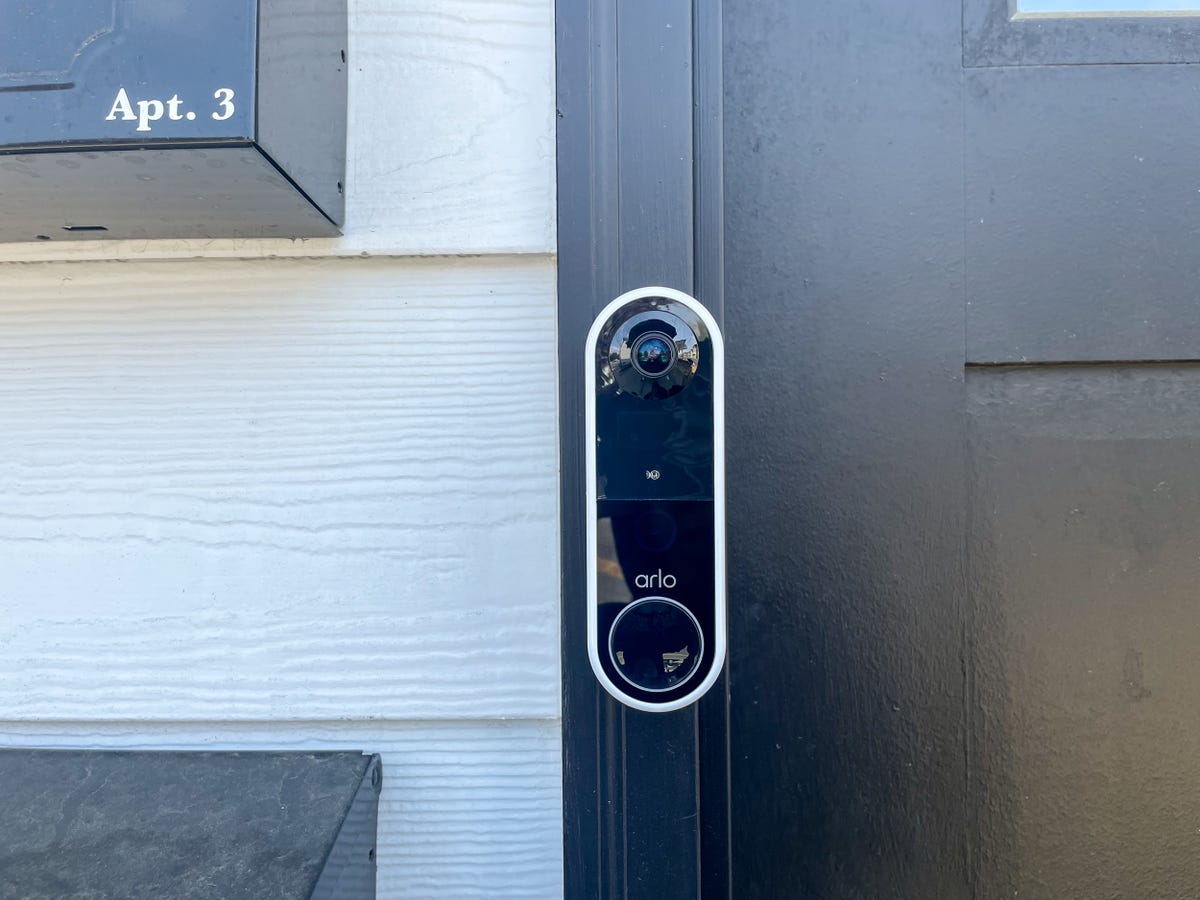
One thing to consider is that many of the doorbell’s features necessitate a subscription, specifically Arlo Secure. However, it is quite reasonably priced, beginning at $2.99 per month for a single device, or $9.99 per month for an unlimited number of cameras at the same location.
Notable aspects of the subscription service involve package recognition, allowing you to receive notifications when a delivery arrives at your doorstep, and a communication feature that enables visitors to leave a message if you can’t answer the door within 20 seconds. The doorbell will not store any video footage unless you have an active Arlo Secure subscription. Although a free trial is available for initial use, you will need to complete an in-app purchase to maintain access over time.
If you’re an Apple loyalist, you are aware that HomeKit doesn’t offer as many compatible smart home devices as other systems available. However, the accessories that do work with it usually perform well due to quick response times and integration with the Siri assistant. The Logitech Circle View is one such device, providing the fastest setup, a sleek user interface, and the quickest response times among similar products. Unfortunately, it is limited to Apple’s closed ecosystem and requires not only an iPhone but also a HomePod or an Apple TV as a hub, making it difficult to recommend for most users.

Unlike traditional wired systems that require you to wrap wires under screws to transmit power, you just insert the two low-voltage wires into the mounting plate holes—securing them in place using contact plates. The camera clicks onto the mount and starts receiving power right away. This is similar to connecting other Apple accessories such as AirPods or a HomePod, where the pairing process is simplified so you just tap the Circle View camera with your phone or scan a QR code to begin pairing. Your doorbell connects to Wi-Fi automatically and quickly becomes part of your HomeKit app in just seconds. Other devices here take several minutes to set up.
Once the device identifies movement, it transmits a notification along with a screenshot to your phone within an average of 1.21 seconds. This is the quickest among all the doorbell cameras we evaluated, which can make the difference between witnessing an event and missing it. Tapping the notification takes you straight to the live stream without any delay, allowing you to react instantly. From there, you can communicate by pressing the button once, and the audio will be clear from both sides.
The user interface is seamless, functioning as one would anticipate from an Apple-compatible camera. From your perspective, you can view a scrollable history, engage with the camera, and modify settings with a single tap, eliminating the need to navigate through submenus.
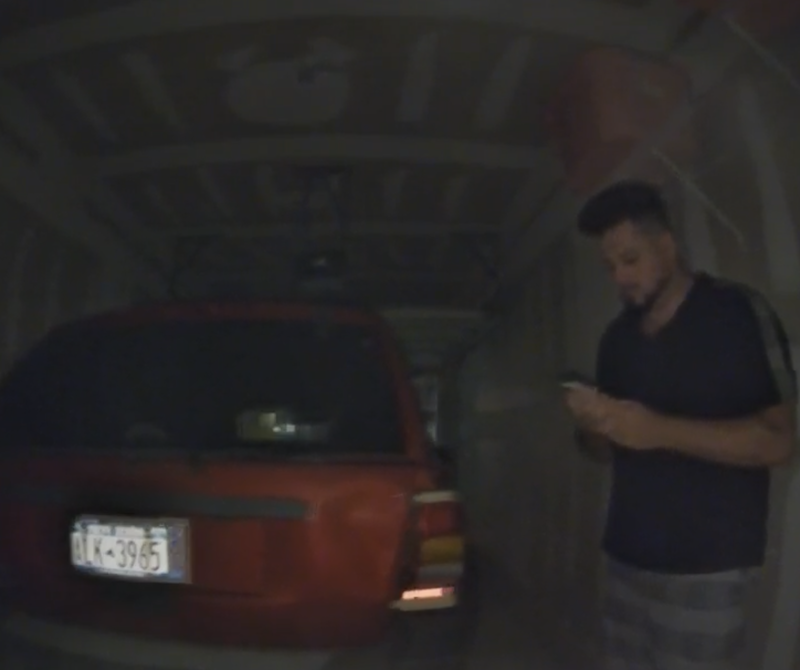
The 3:4 vertical and 1,200 x 1,600 image appears reasonably clear but fails to make an impression in low light, as shown in the picture above. The motion detection is extremely responsive—ideal for reassurance, but it frequently triggers due to minor disturbances and changes in lighting. There’s no option to modify this sensitivity, so you must either accept a large number of alerts or disable them completely.
In general, the result is more visually appealing than a black-and-white infrared image, but the Circle View isn’t able to consistently produce realistic colors. However, similar to doorbells compatible with Google and Alexa, this one can connect directly to your photos to display the names of visitors on your HomePod or AppleTV hub.

